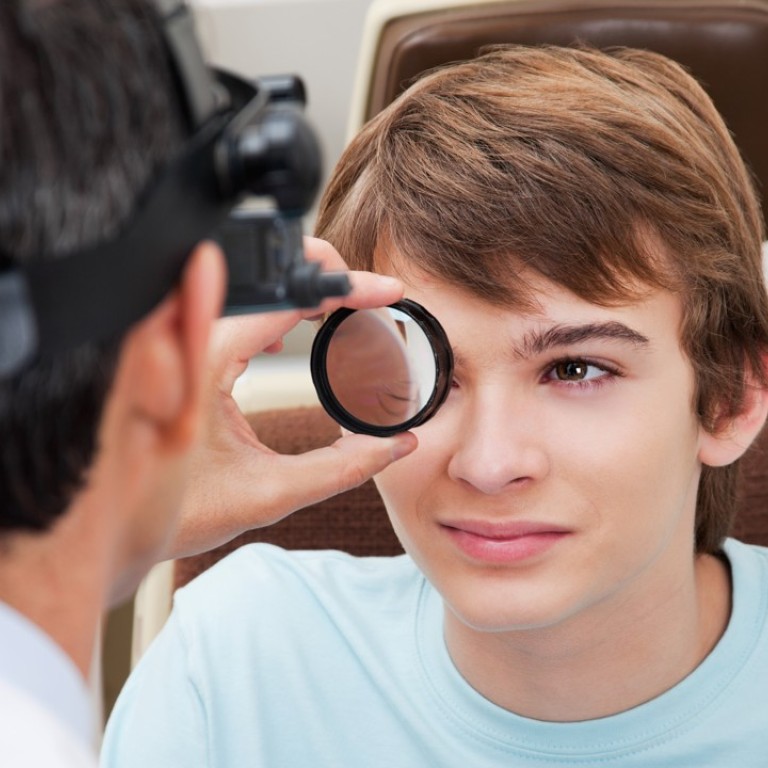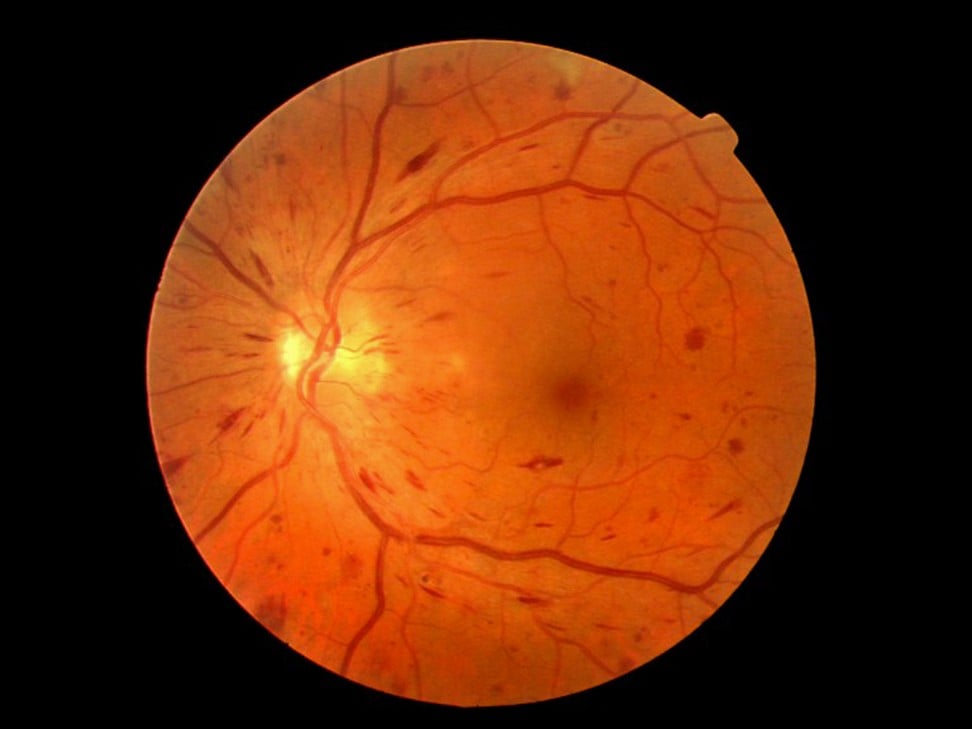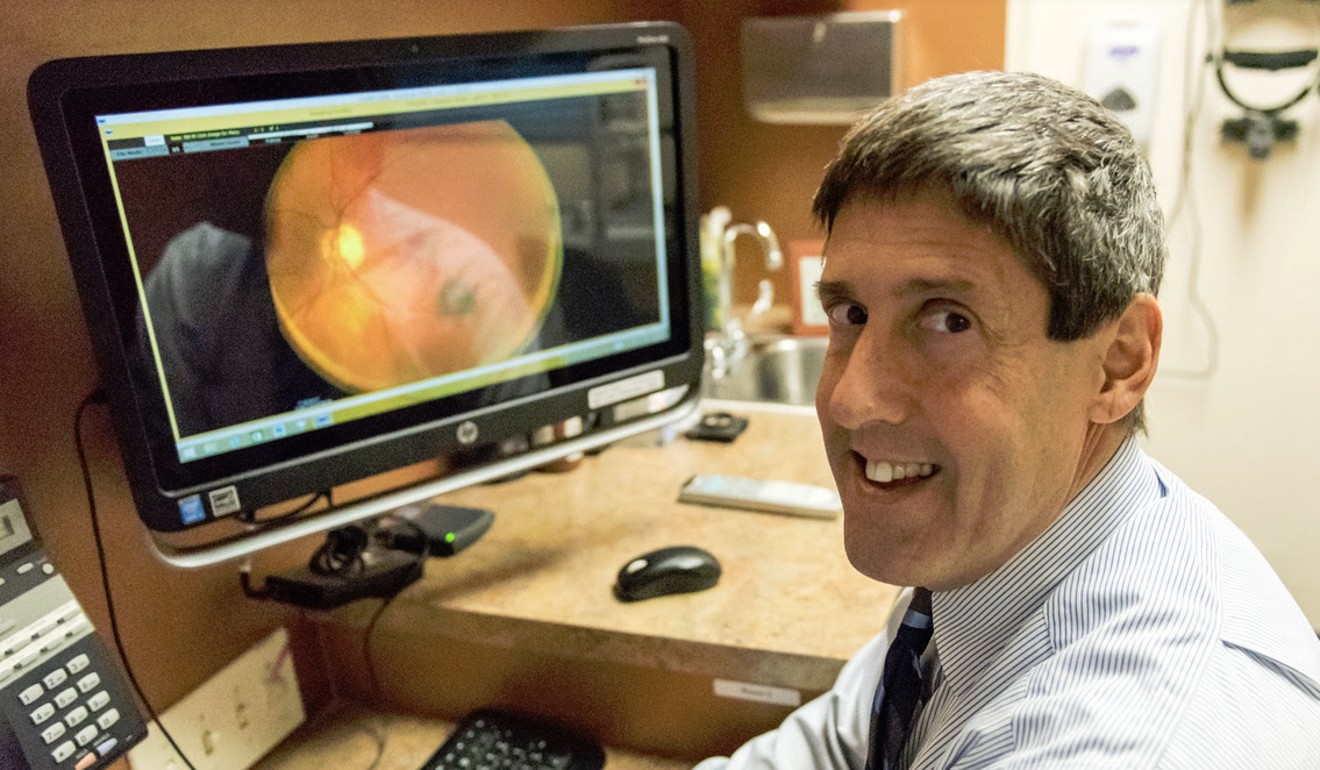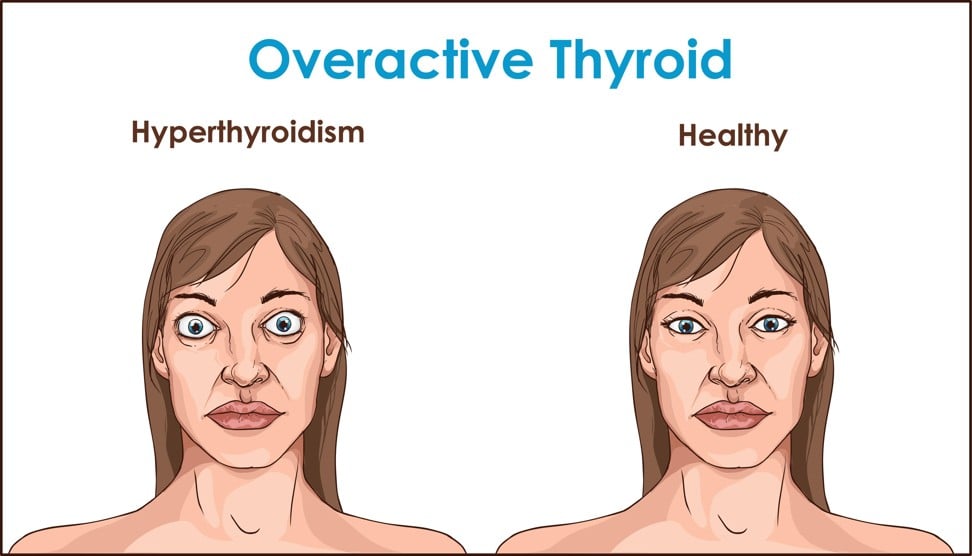
How a simple eye test can save your life, and five tips to improve your health and vision
From cancer to diabetes, from thyroid disease to vascular problems, more than 200 major systemic diseases can be spotted early with eye tests. Chronic children’s diseases and conditions that affect babies and pregnant women can also be detected and early treatment can save lives
Our eyes give us the capacity to see the world, and, according to the metaphor, are the window to the soul. They also give insights into a person’s health.
As Dr Alan Mendelsohn, a medical director at Eye Surgeons & Consultants in Florida observes, 10 major diseases can be detected during an eye exam. Diabetes, cancer and autoimmune diseases are three of them.
“We think of our waistlines as indicators of our health,” he says, noting our eyes offer a better reflection. Often, one of the first organs affected by a disease is the eye. Patients may visit an eye doctor complaining of a variety of symptoms ranging from temporary blindness to apparently benign redness of the eye.
In multiple sclerosis, for example, up to 20 per cent of patients initially complain of a seemingly unusual set of symptoms that affect the eyes: sudden vision loss in only one eye, pain with eye movement, or double vision.

Andy Meau, an optometrist who runs his own Hong Kong-based practice, iSight Optometric Eye Care Centre, in Central, explains why an eye exam lends such extraordinary insight into a person’s health: “A routine dilated eye examination is not just a vision and prescription test, we can examine the entire structure of the eye, from the anterior cornea surface all the way to the posterior retinal surface and the optic nerve,” he says.
The eyes’ blood supply comes from the ophthalmic artery, a branch of the carotid artery, which also supplies blood to the brain. Blood vessels in the retina have similar characteristics to blood vessels in the brain, so examining them allows optometrists to make a contribution to diagnosing and monitoring various diseases.
Glaucoma explained, and why regular eye checks are vital for the over-40s
Mendelsohn elaborates: “Because the brain is tightly packed inside the skull, anything else located in the skull, such as blood, fluid, or a tumour, increases the pressure. Any structure that can be moved outwards, away from the pressure, does, including the optic nerve.
“Swelling of the optic nerve is readily apparent in eye exams, and immediately tells eye physicians that there’s a serious problem.”

This is why ophthalmologists often diagnose brain tumours, he says. “While some patients with brain tumours experience symptoms ranging from headaches to impaired colour vision or altered eye movements, most people with brain tumours are entirely asymptomatic, and going for routine eye exams saves their lives.”
Retinal blood vessels are used to diagnose and monitor vascular diseases including a patient’s risk of stroke. Using a technology called automatic retinal image analysis, optometrists can directly observe the blood vessels in the retina, so they can identify changes in the veins and arteries in the brain. Hypertension and diabetes may also be spotted if blood vessels in the eyes narrow or become more “curly”, Meau says.

Diabetes, Mendelsohn agrees, is one of the most common illnesses that can be identified through routine eye screenings.
“Diabetes affects blood vessels throughout the body, with the vessels in the kidneys and eyes being particularly hard hit. Blood vessels in the retina are predisposed to leak blood or fluid, providing a useful ‘red flag’ that further tests are required.”
Hong Kong philanthropist James Chen on why he believes eyesight is a human right
Some patients who undergo a routine eye examination may exhibit symptoms of other diseases, such as thyroid disease. Patients with Graves disease experience a range of symptoms which can include exophthalmos – a swelling of the eyeball that can sometimes protrude out of the eye socket, eyelid retraction, a general sensation of pain or pressure behind the eyeball, irritating red and dry eyes and restriction in eye movement.

“Identifying thyroid diseases early doesn’t just help save patients’ vision, it can also save lives, as some of these disorders can be fatal if not identified and treated,” says Mendelsohn.
An eye exam can also reveal high cholesterol levels, showing up as a lump of cholesterol that gets lodged in the arteries, causing a sudden vision loss lasting for five to 10 minutes, Meau says.
Mendelsohn says eye doctors can even diagnose cancers during routine exams.
“Breast cancer affects one in four women,” he says. “Often, women may be completely asymptomatic, but have severe, metastatic breast cancer. Ophthalmologists may see mestastases, tumours that have grown beyond the original location, in a structure of the eye located behind the retina, the choroid. If an eye doctor finds evidence of breast cancer, they rapidly refer patients to oncologists so treatment can begin.”
Two big myths about breast cancer – and what Hong Kong women really need to know
Other cancers that can be first diagnosed in the eye include lung cancer – “far more frequently, the eye physician will note a metastases from the lung cancer to the eye” – colon cancer, kidney cancer, and even melanoma can be diagnosed first in routine eye exams, he says.
“When a primary ocular melanoma is detected early,” Mendelsohn says, “the five-year survival rate is close to 90 per cent. If the melanoma has already metastasised to the liver prior to detection in the eye, the five-year survival rate plummets to less than 20 per cent.”
Early signs of ill health can show in young eyes, and Meau and Mendelsohn have extensive experience of treating children.
“Ophthalmologists frequently catch illnesses in babies, children, and even pregnant women with life-saving diagnoses,” says Mendelsohn. In pregnant women, for example, preeclampsia is characterised by high blood pressure, “which may only present itself early in pregnancy if a doctor specifically looks for it.”

Symptoms of tell-tale high blood pressure can be detected in a routine eye exam, and treatment can begin before the condition affects the baby.
Eye doctors may be the first to find evidence of chronic illnesses in children such as sickle-cell anaemia, retinoblastoma, or juvenile arthritis; infectious illnesses such as cytomegalovirus – a virus in the herpes family, rubella, or congenital syphilis; and signs of trauma or abuse, such as evidence of shaken-baby syndrome.
Eye expert’s performance-enhancing lenses help athletes see the finish line more clearly
The eyes, Mendelsohn says, are generally ignored when it comes to health. People, especially those who don’t wear glasses, have no appreciation of how their actions affect their eyes.
People typically see their eye doctor, he says, hoping to improve their eyesight, “but what they often don’t realise is that more than 200 major systemic diseases have eye involvement as part of the disease course. Routine eye examinations definitely help preserve and improve vision, but more importantly, they often save lives.”
Five tips for your eyes and health
1. Have an annual comprehensive dilated eye exam
“An annual eye exam is imperative to catch any eye or systemic diseases early, and thus treatment and management can be provided at the early stage, resulting in better prognosis,” Meau says.
2. Stop smo king
Mendelsohn says smoking significantly increases the severity of vision loss and is a cause of blindness, macular degeneration, glaucoma, and diabetic retinopathy.

3. Wear sunglasses outdoors
More than 90 per cent of sunglasses sold have zero or negligible protection from harmful ultraviolet (UV) sun rays, Mendelsohn says. Ask for polarised lenses with a UV-400 blocker.

4. Observe the 20-20-20 rule
While using digital devices, Meau says, rest your eyes every 20 minutes for 20 seconds, while looking at something else 20 feet (six metres) away. “There’s evidence that prolonged exposure to screens increases the risk of developing sight-threatening retinal diseases such as macular degeneration. Blue light from these bright screens is the culprit, so avoid screen time, especially before bedtime and in the dark,” he says.
5. Blink regularly
Concentrating on a screen, our eyes dry out because we do not blink enough, Meau says. “Blinking fully 10 times every 20 minutes will keep the eyes moist and comfortable.”

